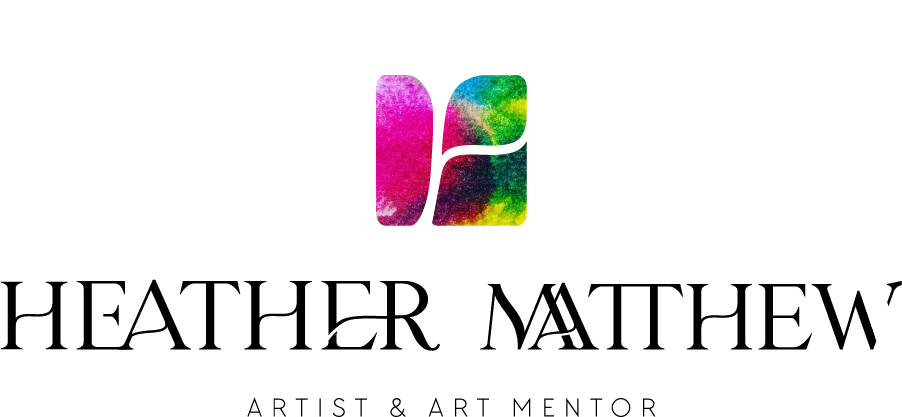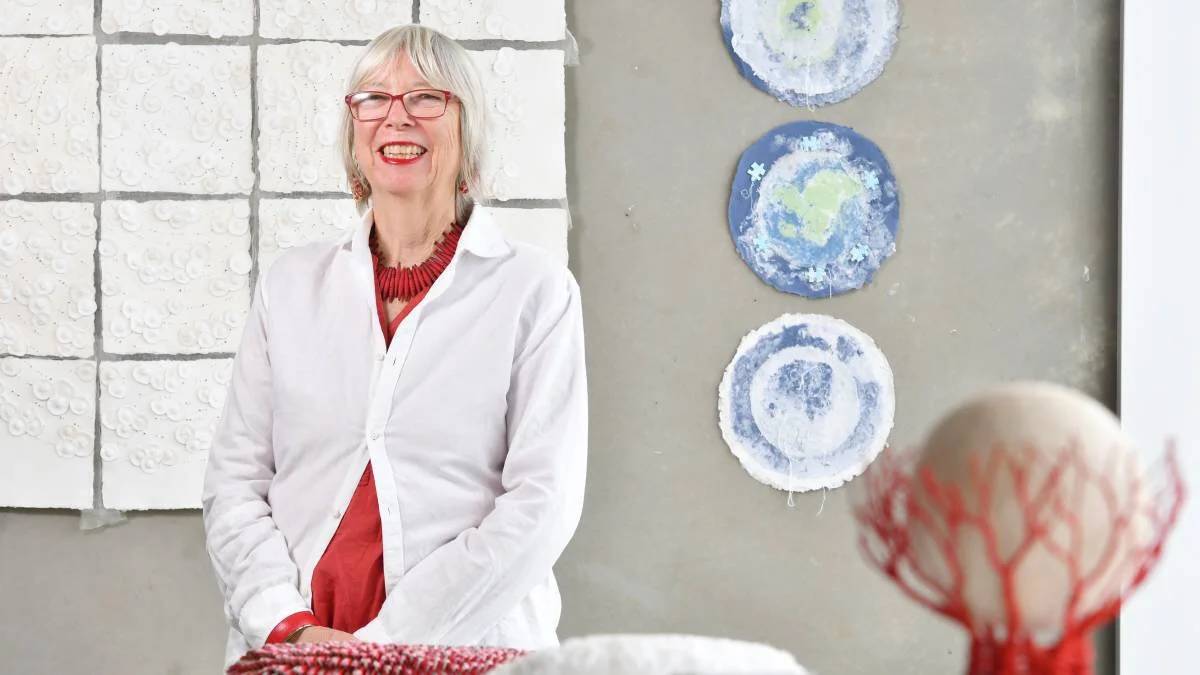The Business of Art
At the opening of the IAPMA 35th anniversary exhibition Origins and Destinations, Burnie, Tasmania. (Photo courtesy The Advocate newspaper., Tasmania.)
How do stake your claim as an artist? Where is the turning point in your arts practice when you realise you can no longer say you are an “emerging” artist and now you can truly stake your claim as a professional artist?
The National association of Visual Artists (NAVA) defines an emerging artist as one that “will have practised as a professional artist continually for less than 5 years.”
The Australia Council for the Arts defines professional artists as “he or she working at a level and with a degree of commitment appropriate to the norms for professional recognition in their particular artform; had a work or works shown at a professional gallery, or work commissioned; had created a serious and substantial body of work as an artist in the last five years; or had full-time training or received a grant to work as an artist.”
So to put it another way – if you take your art practice seriously, regularly apply and get selected for exhibitions and/or receive a prize or a grant; then you can lay claim to the status of an artist. Of course you need to create a body of work first.
What if you love to paint or draw or sculpt or create and have drawers full of art but never had an exhibition plan or business strategy? What if the “business” of art bores you and you would rather be creating than talking about your work?
If you are really lucky, you might get noticed by a gallery who picks you up, signs you into their stable and you never have “worry” about marketing and publicity again.
That in itself is a fallacy. You would still need to think about applying for prizes, keeping financial records, making sure your contracts for commissions were legally binding and watertight, and you kept up a consistency of quality production.
The business of art is overlooked at your own peril.
I get asked what is the minimum amount of time needed to spend on the business of art in order to get ahead in your arts practice. This would of course depend on your short and long term goals.
Having a business strategy is like having a plan, you fail to plan means you plan to fail. Thriving as an artist means keeping abreast of your finances, the deadlines for applications, having your core values outlined in an artist’s statement you can adapt for gallery and art prize applications and building your CV so that it shows a consistency of practice.
Here’s my top 10 tips to pay attention to the business of your art.
1. Update your CV and Bio.
2. Draft your Artist statement for each series.
3. Schedule all your applications.
4. List the dates & deadlines for all call outs.
5. Create more works than you need.
6. Edit, review, edit again
7. Submit your applications on time
8. Offer workshops & prepare an artists talk.
9. Support other artists, attend openings
10. Network, use social media, get a Linkedin profile.
So go out an apply for exhibitions but make sure you have articulated your How, What & Why in your carefully thought out artist statement. Hope for success, prepare for failure and repeat. For every 10 applications, you might get accepted for one. That’s a success to celebrate and build upon.
Explaining my How, What & Why in an artist talk at the BigCi Open Day, April 2021.





